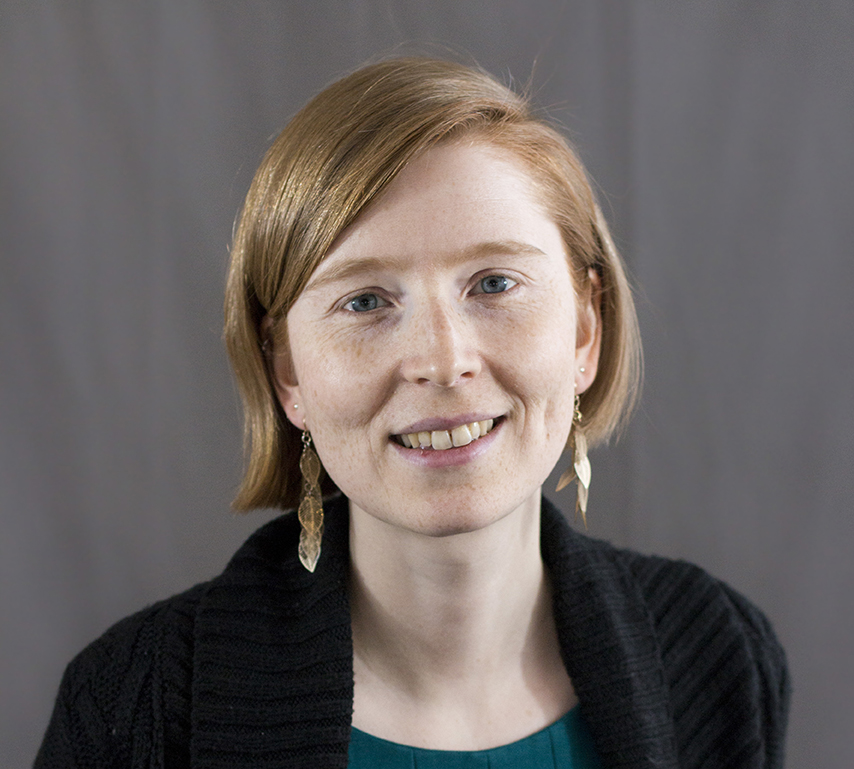In a nutshell
Egypt and Tunisia, which guarantee free public higher education, have the highest inequality of opportunity.
By focusing more of their investments on pre-university education, these countries would ensure that disadvantaged young people have fairer chances to progress, including the potential attainment of higher education.
By reducing inequality early on, countries can reduce inequality in higher education as well.
Countries in the MENA region have made enormous investments in higher education, with most countries providing it for free (Assaad, 2010). Yet while most are moving towards compulsory and universal primary and even secondary education, the opportunity to go to university is available to only a fraction of young people.
Our research indicates that Egypt, Jordan and Tunisia disproportionately provide higher education to those from more advantaged backgrounds (Krafft and Alawode, 2016). Ultimately, these countries are subsidising inequality – not only in access to university, but also in the opportunities for work, income and marriage that are determined by attaining a higher education.
Equal opportunities would only occur if individuals’ attainment of higher education were determined solely by their efforts, not by their backgrounds. Yet background is a substantial driver of inequality in all three countries, with particularly high levels of inequality in Egypt and Tunisia.
Parents’ education in particular is linked to inequality, such that the three countries are subsidising and reinforcing the intergenerational transmission of socio-economic status. Although test scores are supposed to provide access to higher education based on merit, they are themselves affected by background. Furthermore, background affects attainment of higher education even after accounting for test scores, creating a double barrier to higher education for disadvantaged young people.
Free higher education, which is offered in Egypt and Tunisia, is thus a regressive policy that primarily benefits the rich. Jordan, which does not guarantee free higher education, is still subsidising the best off by devoting substantial public funds to higher education. Instead of offering free higher education, Egypt and Tunisia should charge tuition to those who can afford it and offer need-based scholarships, as is done (and ought to be expanded) in Jordan.
Targeted scholarships would help to ensure that students from less advantaged backgrounds receive the aid needed to complete their degree and that all members of society benefit from the higher education system, not only the wealthy. Charging tuition would also provide additional financial resources to the system, allowing for greater investments in earlier stages of education, helping to equalise opportunities to progress through school and potentially go to university.
It is striking that the two countries that guarantee free public higher education – Egypt and Tunisia – have the highest inequality of opportunity. One of the reasons that Jordan may have less inequality of opportunity is that it devotes relatively more public resources to basic education, providing a more equitable path through the system.
While Egypt devotes 32% of its education spending to higher education and Tunisia 27%, the share of education spending allocated for higher education is only 20% in Jordan. The lower share allows relatively more resources to flow to pre-university levels. This funding structure increases the chances that free public education prior to university is adequate to provide later access to university.
Because free public basic education is inadequate to ensure success in contexts such as Egypt, families invest substantially in tutoring (Assaad and Krafft, 2015). The ability to invest in tutoring is one mechanism that contributes to primarily better-off students progressing through the education system and benefiting from free higher education.
To reduce inequality in education and the regressive nature of education investments, all three countries should allocate more of their education budgets towards pre-university education.
But this recommendation runs directly counter to the current policy direction in the region. For example, Egypt’s new constitution mandates that 4% of GDP should be spent on education and 2% on higher education, which means that half of education spending will go to higher education.
This planned resource shift is likely to exacerbate inequality. If, instead, countries were to focus their investments on earlier levels of school, they would ensure that students have fairer chances to progress, including the potential attainment of higher education.
Equalising access to kindergarten and other early educational experiences can also play a critical role in reducing disparities in school-readiness between children from wealthy families and those from poorer families (Krafft, 2015). By reducing inequality early on, countries can reduce inequality in higher education as well.
Further reading
Assaad, Ragui (2010) ‘Equality for All? Egypt’s Free Public Higher Education Policy Breeds Inequality of Opportunity’, ERF Policy Perspective No. 2.
Assaad, Ragui, and Caroline Krafft (2015) ‘Is Free Basic Education in Egypt a Reality or a Myth?’, International Journal of Educational Development 45: 16-30.
Krafft, Caroline (2015) ‘Increasing Educational Attainment in Egypt: The Impact of Early Childhood Care and Education’, Economics of Education Review 46: 127-143.
Krafft, Caroline, and Halimat Alawode (2016) ‘Subsidizing Inequality: Policy and Higher Education in the Middle East and North Africa’, ERF Policy Perspective No. 20.



